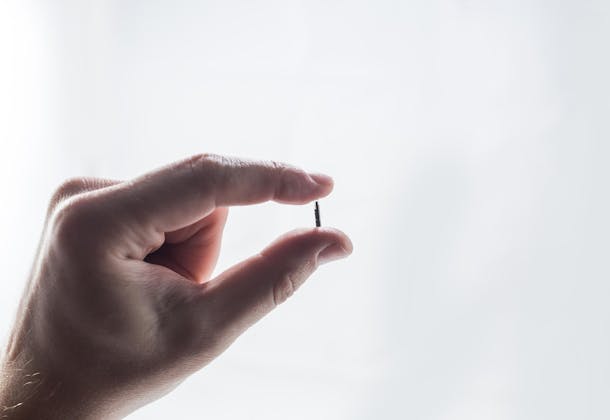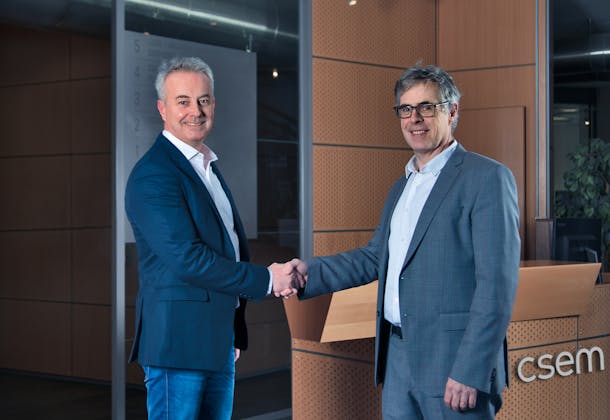A new era for wireless audio
January 2020 marks the beginning of a new era for wireless audio, with the arrival of audio streaming over Bluetooth Low Energy (LE Audio), as announced this week by the Bluetooth SIG (Special Interest Group). CSEM anticipated this new feature in the latest iterations of its silicon-proven icyTRX Bluetooth LE IP, which is already fully compatible

While today consumer wireless audio solutions are largely based on Bluetooth Classic, the portable audio market will progressively switch to Low-Energy-only solutions over the next decade, enabling a new generation of miniature hearables, earbuds and hearing aids.
CSEM icyTRX silicon IP has led the race towards the lowest power consumption, highest sensitivity, resilience to interferers, and maximum integration for years now, building on its long experience in developing solutions to extend the battery life of wearable devices (like watches) operating on coin cells. IcyTRX exhibits a best-in-class sensitivity at 2 Mbps (-95 dBm) in receive mode and can provide up to 6dBm of output power for an optimal budget link, making it the perfect option to integrate into solutions where performance really matters.
With the release of the new audio streaming feature, the Bluetooth SIG is finally providing a standard, interoperable solution for True Wireless Stereo (TWS), which until now could only be achieved by relying on proprietary protocols. Hearing aid manufacturers are amongst those who will immediately benefit from the new features, enabling, at long last, true low-power audio streaming compatibility across all software platforms and smartphone manufacturers.
"CSEM IP solution is a perfect fit for LE Audio applications requiring ultra-low power consumption, the best autonomy, an excellent link budget and robustness to interferers such as WiFi”, says Alain-Serge Porret, Head of Wireless and Integrated Systems at CSEM. “It is already available for various foundries and process flavors, so that ASIC and ASSP providers can start immediately to integrate the streaming capability in their new Low-Energy chipsets.”


